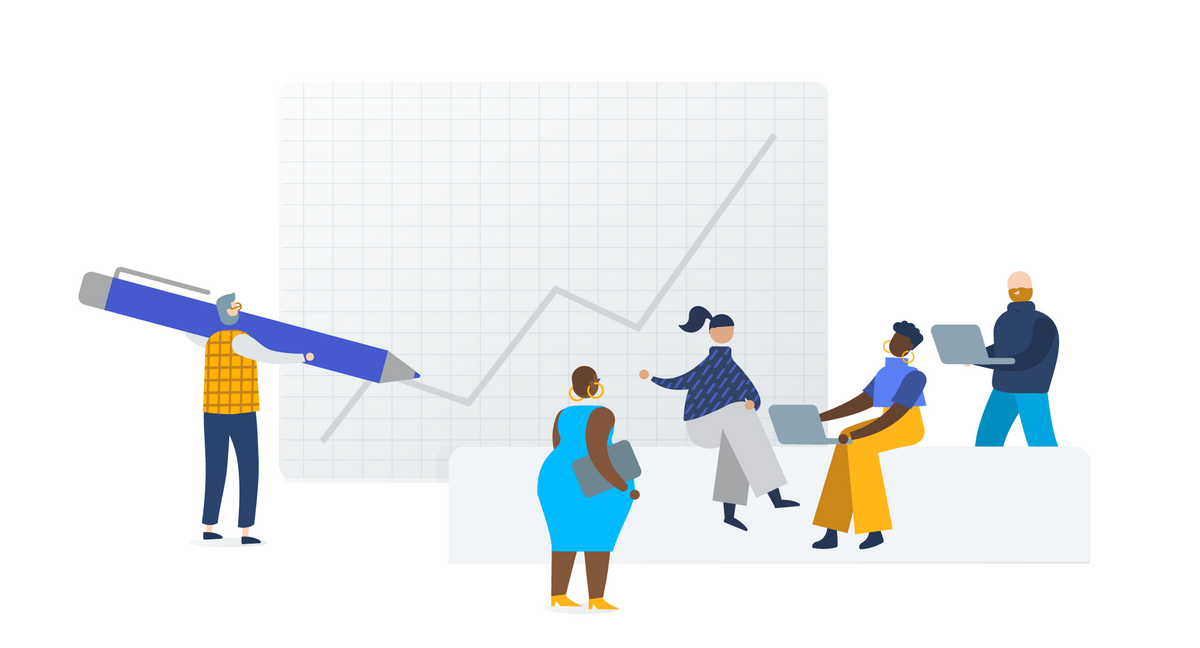When you’re starting your investment journey, the world of financial statements might seem like a cryptic language spoken only by analysts and accountants. But here’s a little secret: you don’t need a finance degree to make sense of a balance sheet. In fact, understanding the basics of a balance sheet can help you make smarter investment decisions and avoid falling for flashy companies with shaky financial foundations.
Let’s break it down and learn how you—yes, even without years of financial training—can read a balance sheet like a pro.
Cos'è il bilancio e perché è importante
A balance sheet is one of the three core financial statements that companies publish (alongside the income statement and cash flow statement). It gives a snapshot of a company’s financial position at a specific moment in time. The basic structure follows this formula:
Assets = Liabilities + Shareholders’ Equity
In questo modo si capisce cosa possiede l'azienda (attività), cosa deve (passività) e il valore che rimane per gli azionisti (patrimonio netto).
For investors, the balance sheet offers a treasure trove of insight into a company’s stability, efficiency, and financial health. It can also help you detect red flags—like excessive debt or a shrinking cash cushion—that might not be obvious from stock charts alone.
Comprendere i componenti chiave
Attività si dividono in correnti e non correnti. Le attività correnti (come il contante, l'inventario o i crediti) sono quelle che l'azienda prevede di convertire in denaro entro un anno. Le attività non correnti (come le proprietà, le attrezzature o i brevetti) sono a più lungo termine.
Passivo Seguono uno schema simile: le passività correnti sono obbligazioni con scadenza entro l'anno (come i conti correnti o i prestiti a breve termine), mentre le passività non correnti sono debiti a lungo termine.
Shareholders’ Equity rappresenta la quota residua dell'azienda dopo aver sottratto le passività dalle attività. Include gli utili non distribuiti e il capitale conferito dagli azionisti.
Il bilancio aiuta a valutare parametri quali:
- Rapporto corrente (Attività correnti / Passività correnti): Un modo rapido per valutare la liquidità. Un rapporto superiore a 1,5 è generalmente un buon segno.
- Debt-to-Equity Ratio (Total Liabilities / Shareholders’ Equity): Un rapporto elevato può indicare potenziali problemi di solvibilità.
- Book Value per Share (Shareholders’ Equity / Total Outstanding Shares): Utile per il confronto con il prezzo di mercato attuale.
Esempio di vita reale
Let’s look at Apple’s balance sheet as of its most recent quarterly report (March 2024). Apple had:
- $ 67,1 miliardi di liquidità ed equivalenti di liquidità
- $ 92,3 miliardi di euro di passività correnti totali
- $ 63,4 miliardi di debito totale a lungo termine
- $ 64.7 billion in shareholders’ equity
From this, Apple’s current ratio stands at around 1.12—not overly robust but acceptable for a highly profitable business. Its debt-to-equity ratio is close to 2.4, which may seem high, but Apple has strong cash flows and a history of strategic capital allocation, so it’s not necessarily alarming. Still, it’s something to keep an eye on.
Cosa cercare come investitore principiante
If you’re just getting started, look at the balance sheets of companies you know and admire. Ask:
- Sono seduti su un bel gruzzolo di denaro?
- Il livello di indebitamento è sostenibile rispetto al patrimonio netto?
- Hanno più attività che passività?
Questi semplici controlli possono darvi maggiore fiducia prima di investire e aiutarvi a evitare aziende che possono sembrare buone in superficie ma che dietro le quinte sono sovralimentate o mal gestite.
Abitudini di bilancio intelligenti per gli investitori al dettaglio
Don’t just rely on stock price momentum or media hype. The fundamentals still matter, especially in uncertain economic conditions. A strong balance sheet can act like a company’s financial armor—helping it survive downturns, fund innovation, and weather rising interest rates.
Also, try comparing similar companies in the same industry. For instance, compare the balance sheets of two electric vehicle companies or tech giants. You’ll start noticing how financial strength can differ dramatically even within a hot sector.
Da confusi a fiduciosi
You don’t need to become a Wall Street analyst to benefit from balance sheet analysis. By understanding just a few key metrics and getting comfortable with the structure, you can quickly move from feeling confused to feeling confident.
Financial literacy is a superpower, and reading a balance sheet is one of its foundational skills. So next time you’re considering a new investment, don’t skip the fundamentals. Behind every ticker symbol is a business—and the balance sheet tells its story.
Ready to decode your next investment? Start by reviewing one company’s balance sheet today—it could be the most powerful step in your investing journey.

